Catalonia's unexpected rise in breast cancer diagnoses
Unraveling the factors behind a decade-long trend
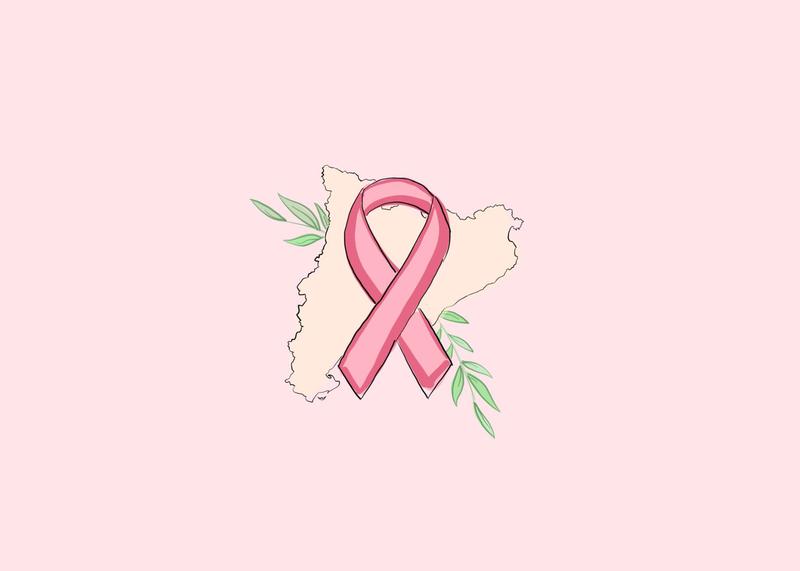
Breast cancer remains the most common cancer among females worldwide and accounts for nearly one-third of all female cancer diagnoses. Despite worldwide medical advancements, Catalonia saw a 16% rise in diagnoses over the last decade, and trends project further increases.
This year in Spain, an estimated 36,395 new cases will be diagnosed, and over 6,500 individuals are expected to die from breast cancer, according to the Spanish Network of Cancer Registries and the Spanish National Statistics Institute.
Possible reasons
Age Demographics
Catalonia's largest age group consists of 45-55 years-olds, approaching the median breast cancer diagnosis age of 55 in Spain and 62 globally. This coincides with menopause-related hormonal changes which increases cancer risks. Longer lifetime exposure to estrogen, combined with age-related decreases in DNA repair capacity and immune system efficiency, all contribute to this increased risk.
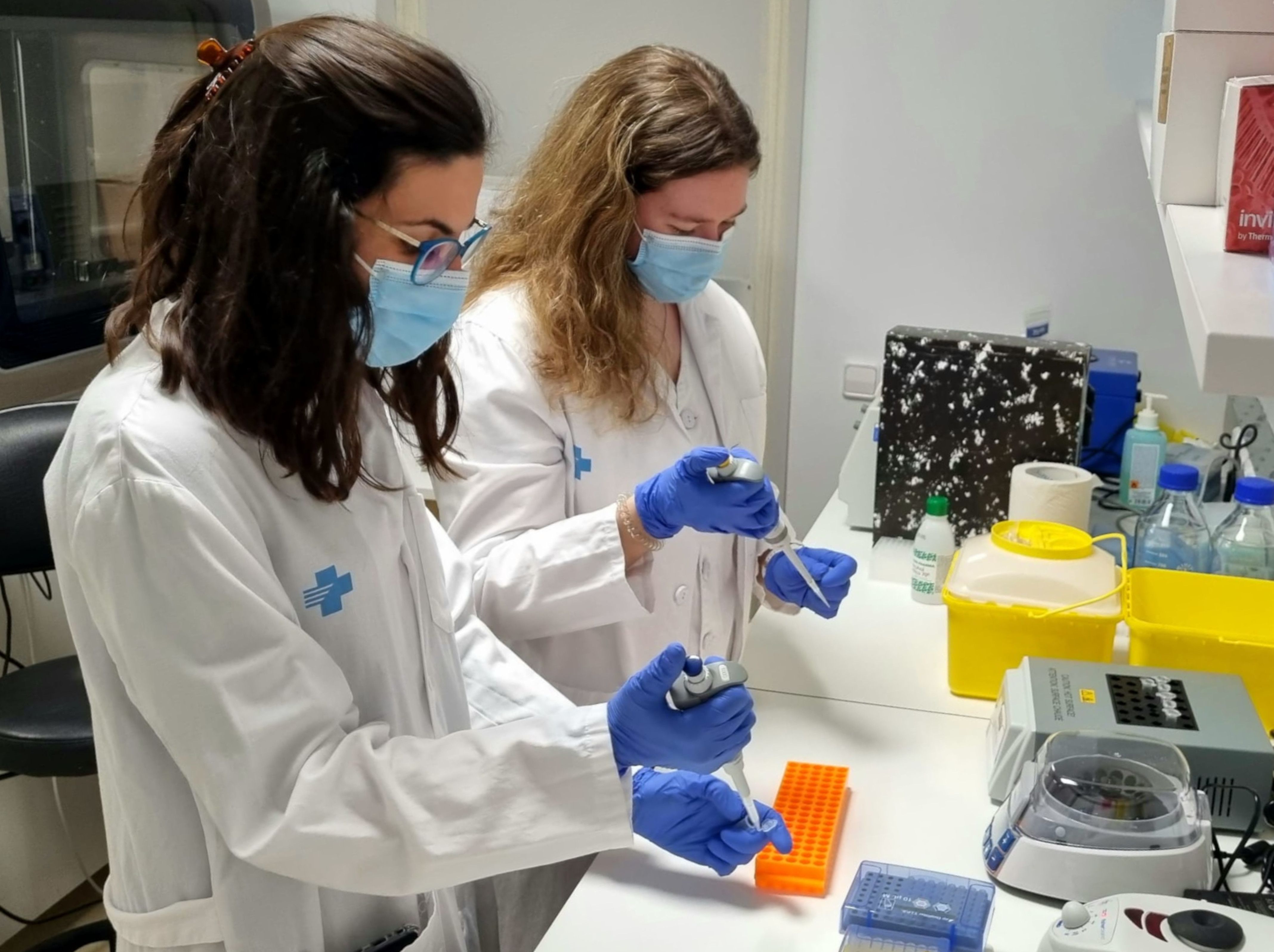
Tumor evolution
Genetic mutations, particularly in the ESR1 gene, are present in 20-30% of breast cancer recurrences. These mutations can lead to more aggressive tumors, increased treatment resistance, and higher mortality rates, particularly among older women.
As the population ages, more time is permitted for tumors to accumulate these mutations, and as a result, more aggressive forms of breast cancer may rise. Additionally, mutations in genes like BRCA1, BRCA2, and TP53, are associated with more early-onset breast cancer.
Immigration trends
Catalonia experienced a significant increase in its foreign-born population in 2008, followed by another notable rise starting in 2018, a trend that has continued in recent years. 2022, nearly 50% of children born in Catalonia had at least one foreign-born parent, according to the CEU Demographic Observatory, and in 2023, the 30-39 year old age group in Catalonia had the largest foreign-born population, according to the Catalan statistics institute.
These demographic shifts could potentially influence diagnoses through lifestyle changes, diet, healthcare access, and genetic diversity.
Socio-economic factors
Rural areas in Catalonia, like the western and southern regions of Lleida and Tarragona, often struggle with limited access to specialized healthcare services that have oncologists and advanced medical facilities, compared to densely populated urban areas like Barcelona and Girona that are home to facilities like Vall d'Hebron and the Catalan Institute of Oncology.
As of 2023, approximately 18% of Catalonia’s residents were at risk of poverty, resulting in limited access to nutritious diets that contain antioxidants, which directly affect cell invasion and lipid metabolism in aggressive cancer forms. This nutritional disparity, combined with reduced access to healthcare services, contributes to higher breast cancer risk and mortality rates.
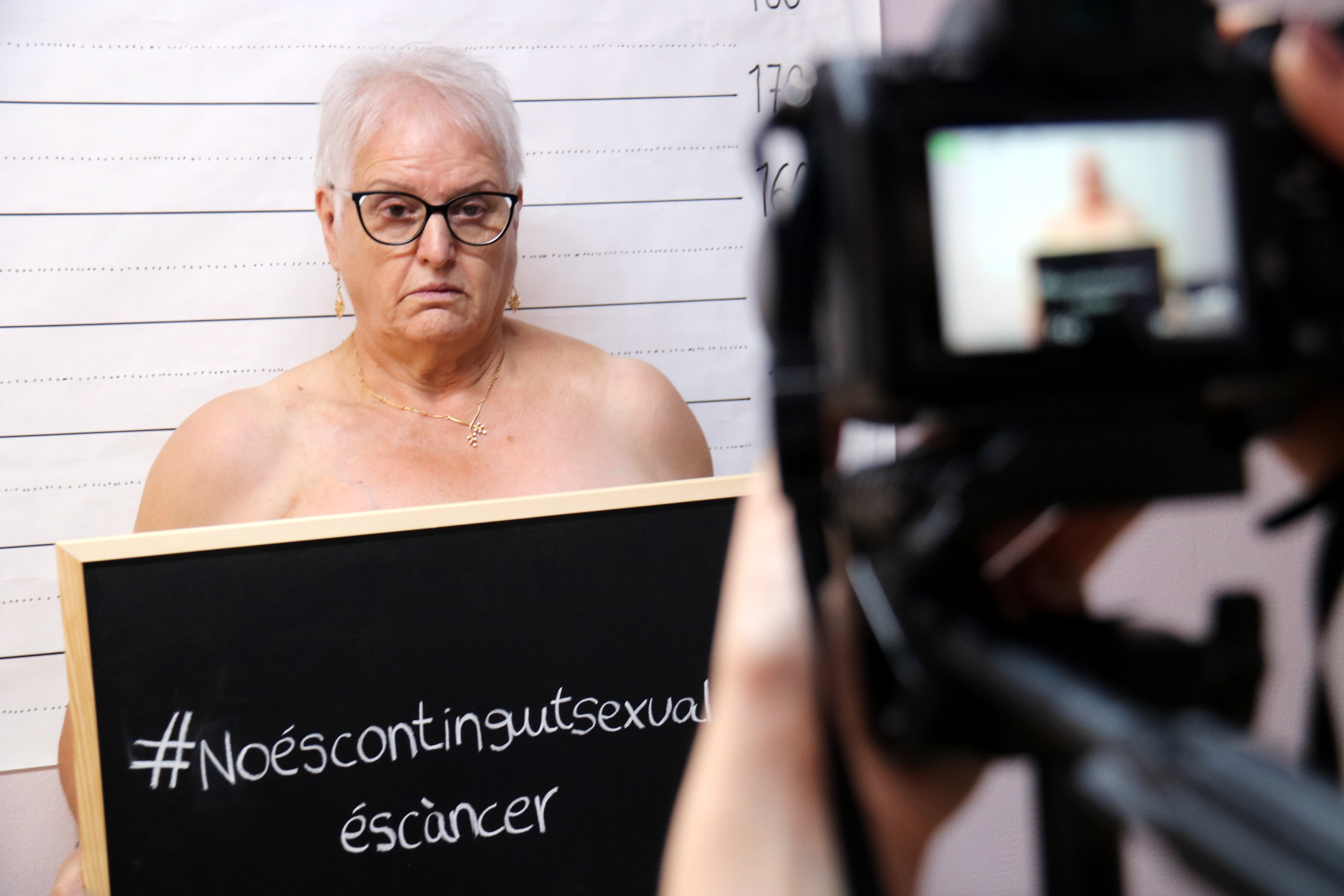
Chemical exposure
Recent studies have also shown a potential link between long-term exposure to chemicals in personal care products and increased breast cancer risk. Substances like parabens and phthalates, which are commonly used in cosmetics and fragrances, can act as hormone disruptors. Research from the US El Camino Women's Medical Group shows that the 1,4-dioxane compound — a potential carcinogen— is found in nearly 30% of all personal care products and 40% of those labeled "natural."
Some steps to reduce exposure to these chemicals include:
-
Looking for products labeled "paraben-free" and "phthalate-free."
-
Choosing fragrance-free products as fragrances often contain phthalates.
-
Looking for products with recognizable plant-based ingredients.
Some recommended vegan and paraben-free brands include Freshly Cosmetics, Maminat, Krece Natura, Mádara Organic Skincare, and Boho Green Make-up.
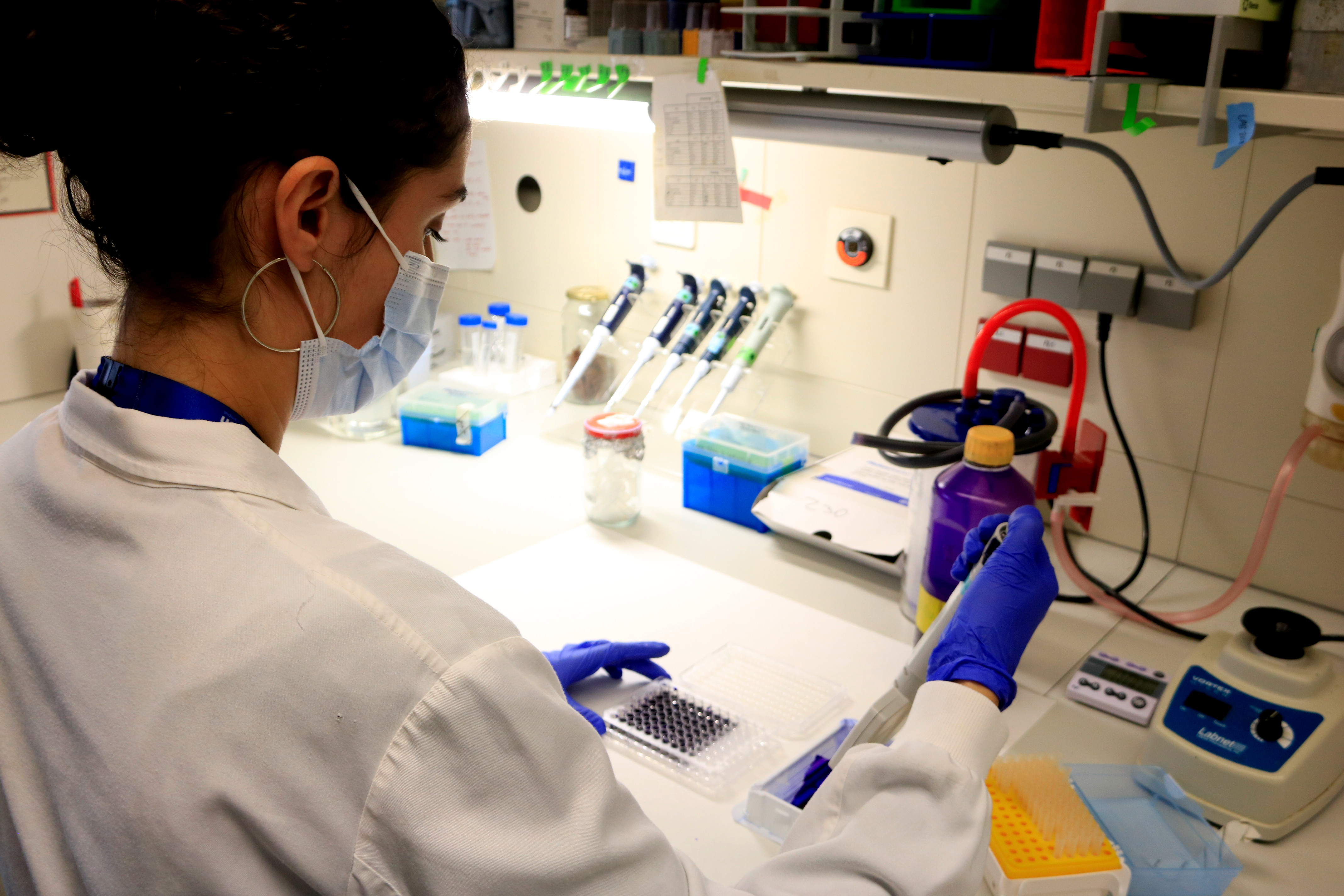
Increase among young women
From 2016 to 2019, early-onset breast cancer went up by nearly 4%. This means more young women are being diagnosed with it than before. Scientists believe some reasons for this may have to do with delayed routine screenings, which typically don't start until age 40.
Women under 40 years old are nearly 40% more likely to die from breast cancer, as they are more likely to have aggressive tumor types, that go undetected for longer amounts of time. In addition, as we can see by the decline in population, delayed childbirth may contribute to longer suppressed based on large epidemiological studies, according to US Biology Medical Central.
Additionally, young women with a family history of breast cancer, especially cases before age 50, are at higher risk.
Catalonia's response:
The Catalan Cancer Plan emphasizes early detection through regular screenings and education starting in schools. There's a push to promote mammography among younger people as well as to provide better emotional and psychological support to patients during treatment.
Digital communication and apps linking primary care with hospitals are being developed as a way to reduce wait times for diagnosis and treatment initiation and provide faster and updated information.
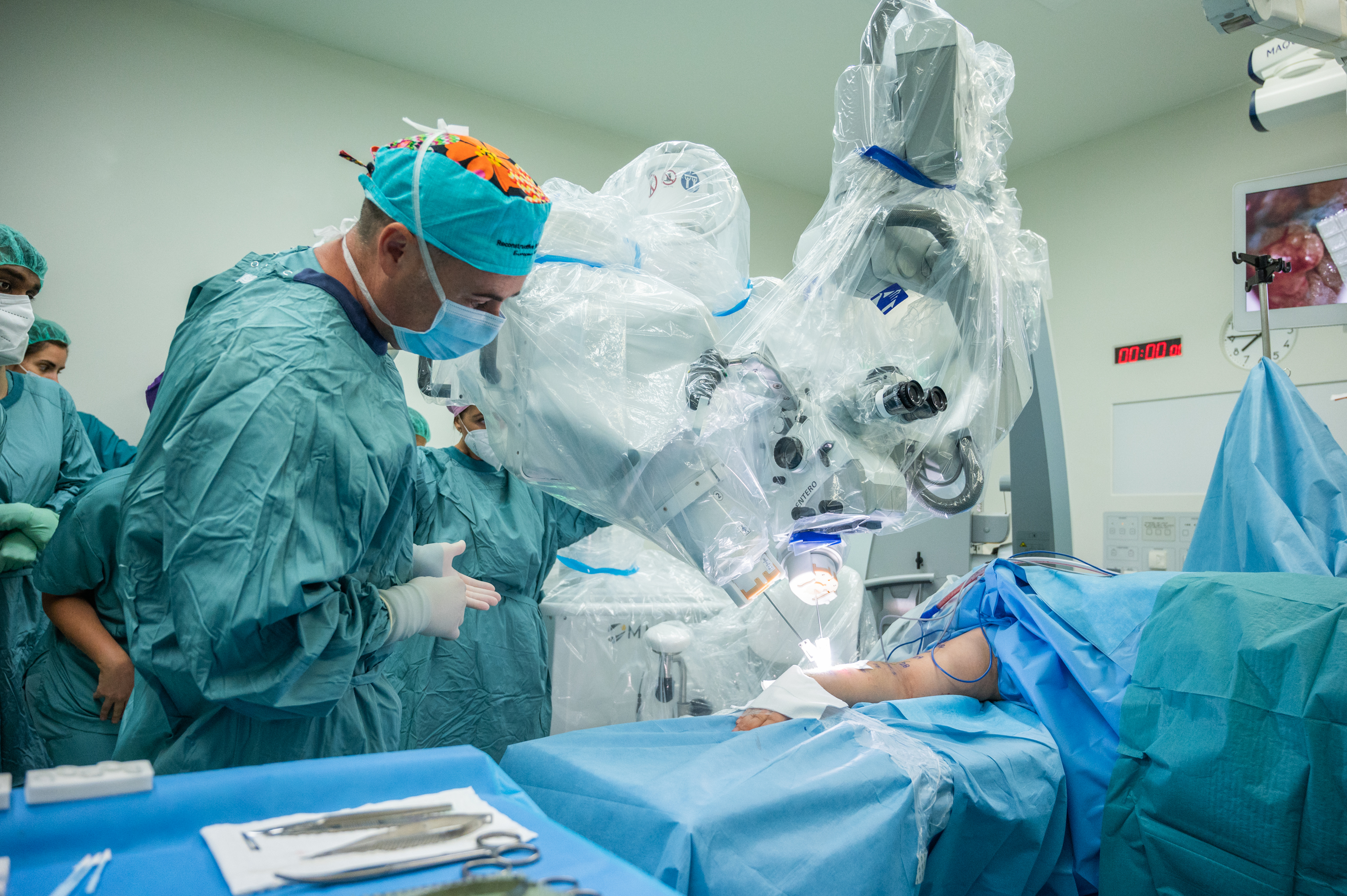
The increased breast cancer diagnoses in Catalonia require approaches that combine public health initiatives, education, and community support. These statistics reflect a broader shift in demographics and health behaviors. Individuals are encouraged to actively communicate with their healthcare providers, get screened regularly, and stay informed about prevention strategies.
Catalonia saw 5,337 breast cancer diagnoses in 2023, accounting for 28.7% of all tumors registered in women, according to the health department's announcement on Saturday, which coincided with the International Day Against Breast Cancer.
PODCAST: Battling breast cancer
On our Filling the Sink podcast episode published coinciding with International Day Against Breast Cancer, we highlight the importance of early detection and discuss both private and public healthcare options and hear from oncologists about their biggest challenges.
Press play below to listen or subscribe on Apple Podcasts, YouTube or Spotify.